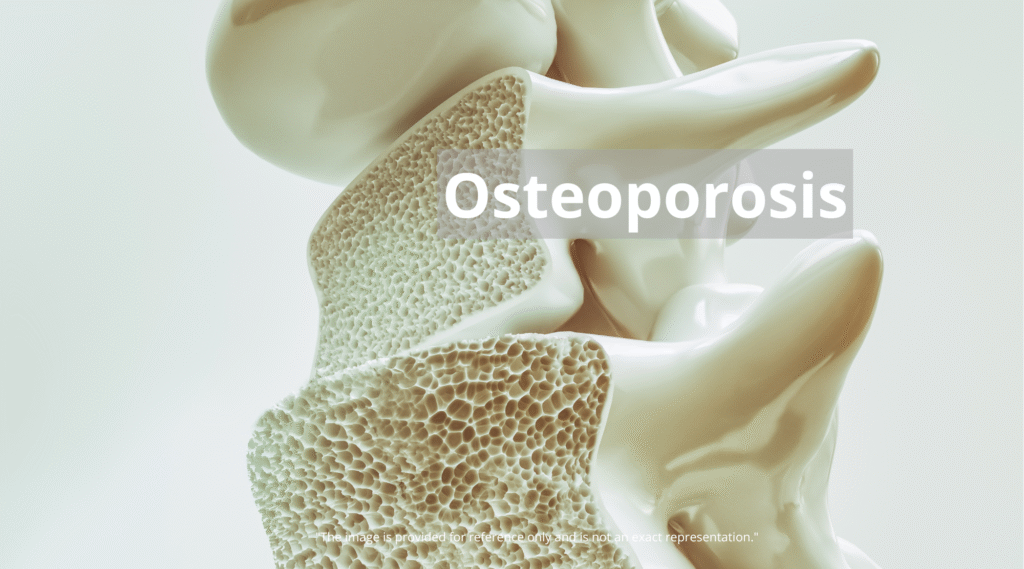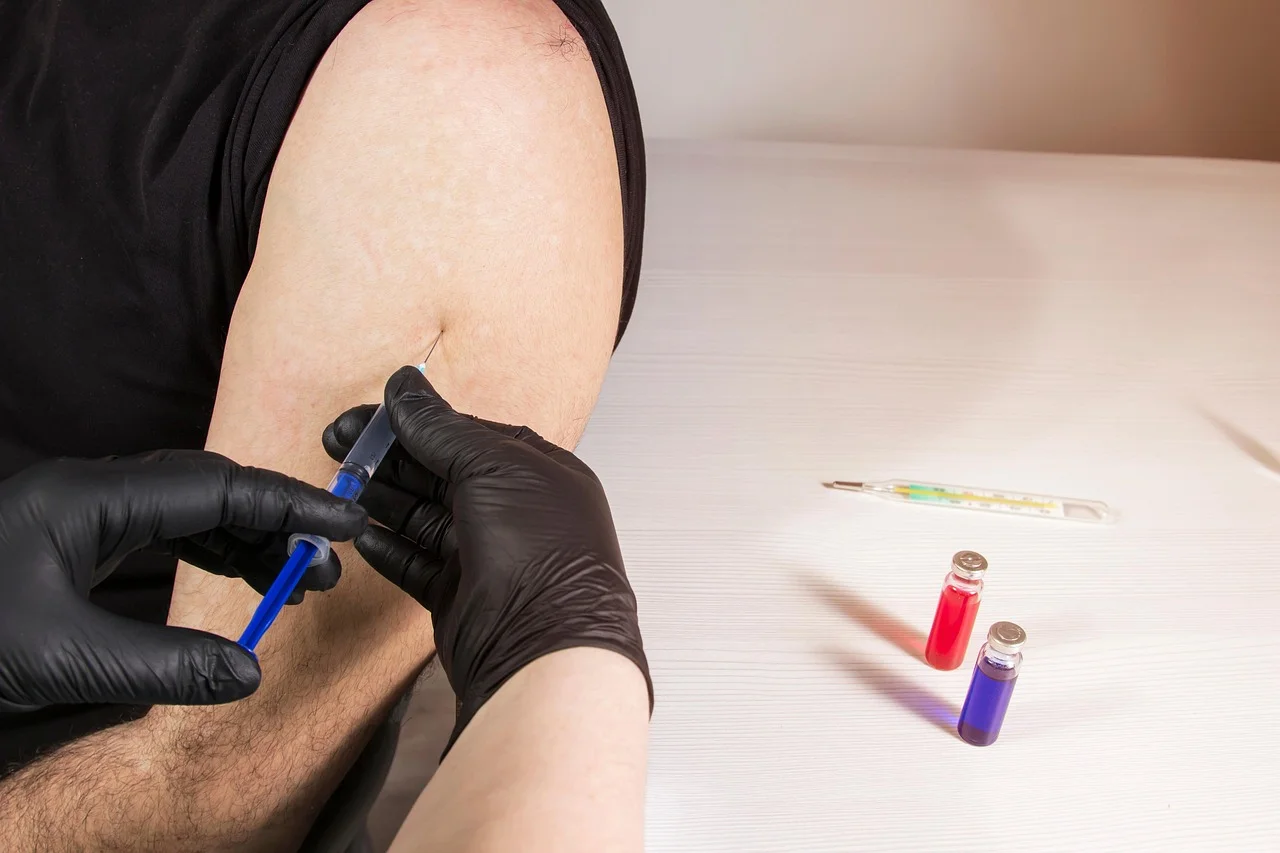Can a New Treatment Really Reverse Osteoporosis? Exploring Bone Strengthening Breakthroughs
Osteoporosis, a condition characterized by weakened bones, affects millions worldwide, increasing the risk of fractures and significantly impacting quality of life. While treatments exist to slow its progression, the prospect of reversing osteoporosis – actually rebuilding lost bone density – has long been a holy grail in medical research. Recent scientific advancements are offering a glimmer of hope, suggesting that bone strengthening and even reversal of osteoporosis might be within reach. This article explores these promising breakthroughs, examining the potential of new therapies and lifestyle interventions to revolutionize how we approach bone health. Could we be on the verge of a future where osteoporosis is no longer a debilitating condition, but a manageable and even reversible one?

Understanding Osteoporosis: More Than Just Thin Bones
Osteoporosis is often described as “thinning of the bones,” but it’s more complex than that. It’s a systemic skeletal disease characterized by low bone mineral density (BMD) and micro-architectural deterioration of bone tissue, leading to increased bone fragility and susceptibility to fractures. Think of it like this: healthy bone is like a strong, dense sponge, while osteoporotic bone is like a sponge with large holes, making it weak and brittle. Factors such as age, genetics, hormonal changes (particularly in women after menopause), and lifestyle choices contribute to the development of osteoporosis.
Early diagnosis and prevention are crucial, as osteoporosis often progresses silently without noticeable symptoms until a fracture occurs. These fractures, most commonly in the hip, spine, and wrist, can lead to chronic pain, disability, and even increased mortality. Understanding the underlying mechanisms of bone loss is essential for developing effective treatments.
Promising New Therapies for Bone Strengthening
Several new therapies are showing promise in the quest to strengthen bones and potentially reverse osteoporosis. These approaches target different aspects of bone metabolism, aiming to stimulate bone formation and inhibit bone resorption (the breakdown of old bone).
- Anabolic Medications: Unlike bisphosphonates, which primarily slow down bone loss, anabolic medications actively build new bone. Teriparatide and abaloparatide, both forms of parathyroid hormone, are examples of anabolic drugs that have been shown to significantly increase bone density and reduce fracture risk.
- Sclerostin Inhibitors: Sclerostin is a protein that inhibits bone formation. Romosozumab, a sclerostin inhibitor, works by blocking the action of sclerostin, leading to increased bone formation and decreased bone resorption. Studies have demonstrated its effectiveness in increasing bone density and reducing fracture risk, particularly in postmenopausal women with severe osteoporosis.
- Monoclonal Antibodies: Denosumab, a monoclonal antibody, targets a protein called RANKL, which is involved in bone resorption. By blocking RANKL, denosumab reduces bone breakdown and increases bone density.
- Gene Therapy: While still in early stages of research, gene therapy holds potential for delivering genes that stimulate bone formation or inhibit bone resorption directly to bone cells. This approach could offer a more targeted and potentially long-lasting solution for osteoporosis. The AI-Powered Cancer Treatment: A New Era of Precision Medicine may provide insigh into more innovative approaches.
Lifestyle Interventions: A Foundation for Bone Health
While new therapies offer hope, lifestyle interventions remain a cornerstone of bone strengthening and osteoporosis prevention. These include diet, exercise, and addressing modifiable risk factors.
- Calcium and Vitamin D: Calcium is the primary building block of bone, and vitamin D is essential for calcium absorption. Adequate intake of both nutrients is crucial for maintaining bone health. Dietary sources of calcium include dairy products, leafy green vegetables, and fortified foods. Vitamin D can be obtained through sunlight exposure, fortified foods, and supplements.
- Weight-Bearing Exercise: Weight-bearing exercises, such as walking, running, dancing, and weightlifting, stimulate bone formation and increase bone density. These exercises put stress on bones, prompting them to adapt and become stronger. Explore The 10,000-Step Myth: How Much Walking Do You Really Need for Health? for more insight.
- Resistance Training: Resistance training, using weights or resistance bands, helps build muscle mass, which in turn supports bone health. Strong muscles help to protect bones from injury and improve balance, reducing the risk of falls. Consider Re Ho Squats: Master Your Legs & Glutes with This Fun Workout.
- Fall Prevention: Preventing falls is crucial for individuals with osteoporosis, as fractures are often the result of falls. Strategies for fall prevention include improving balance, strengthening muscles, making the home environment safer (removing tripping hazards, installing grab bars in bathrooms), and addressing vision problems.
- Limit Alcohol and Tobacco: Excessive alcohol consumption and smoking can negatively impact bone health. Alcohol can interfere with calcium absorption and bone formation, while smoking can decrease bone density and increase fracture risk.
The Role of Nutrition in Bone Density
A balanced diet rich in essential nutrients plays a vital role in maintaining bone density. Beyond calcium and vitamin D, other nutrients contribute to bone health.
- Protein: Adequate protein intake is essential for bone formation and repair. Protein provides the building blocks for collagen, a key component of bone matrix. A 7-Day High-Protein Mediterranean Diet Meal Plan for Fall: Fuel Your Body! might be just what you need.
- Vitamin K: Vitamin K is involved in bone mineralization and helps to regulate calcium deposition in bones. Leafy green vegetables, such as spinach and kale, are good sources of vitamin K.
- Magnesium: Magnesium is another important mineral for bone health, contributing to bone structure and strength. Nuts, seeds, and whole grains are good sources of magnesium. Check out Magnesium for Sleep: Does It Really Work? Benefits, Myths & Science for more insight.
- Potassium: Potassium helps to neutralize acids in the body, which can leach calcium from bones. Fruits and vegetables, such as bananas, sweet potatoes, and spinach, are good sources of potassium. Sweet Potato vs. Potato: Which Reigns Supreme for Fitness? can point you in the right direction.
- Omega-3 Fatty Acids: Omega-3 fatty acids have anti-inflammatory properties that may help to protect bone health. Fatty fish, such as salmon and tuna, are good sources of omega-3 fatty acids. Easy Anti-Inflammatory Dinners: Delicious Recipes for Better Health will help you in your search.
Monitoring Bone Health: DEXA Scans and Beyond
Regular monitoring of bone health is essential for early detection of osteoporosis and assessment of treatment effectiveness. Dual-energy X-ray absorptiometry (DEXA) scans are the gold standard for measuring bone mineral density (BMD).
- DEXA Scans: DEXA scans measure BMD in the hip and spine, providing a T-score that indicates bone density compared to that of a healthy young adult. A T-score of -2.5 or lower indicates osteoporosis.
- FRAX Score: The FRAX (Fracture Risk Assessment Tool) score estimates the 10-year probability of hip fracture and major osteoporotic fracture, taking into account BMD and other risk factors, such as age, sex, weight, height, and history of fractures.
- Other Bone Markers: Blood and urine tests can measure bone turnover markers, which indicate the rate of bone formation and resorption. These markers can be used to monitor the effectiveness of osteoporosis treatments.
The Future of Osteoporosis Treatment: Personalized Approaches
The future of osteoporosis treatment is likely to involve personalized approaches that take into account an individual’s unique risk factors, genetic profile, and response to treatment.
- Genetic Testing: Genetic testing may help to identify individuals at higher risk of developing osteoporosis and guide treatment decisions.
- Targeted Therapies: New therapies are being developed to target specific pathways involved in bone metabolism, offering more personalized and effective treatment options.
- Combination Therapies: Combining different osteoporosis treatments may offer synergistic benefits, maximizing bone density and reducing fracture risk.
Addressing the Emotional Impact of Osteoporosis
Living with osteoporosis can have a significant emotional impact, leading to fear of fractures, anxiety, and decreased quality of life. Addressing the emotional aspects of osteoporosis is an important part of comprehensive care.
- Support Groups: Joining a support group can provide individuals with osteoporosis with a sense of community and shared experience.
- Counseling: Counseling can help individuals cope with the emotional challenges of living with osteoporosis and develop strategies for managing pain, anxiety, and fear.
- Mind-Body Therapies: Mind-body therapies, such as yoga, tai chi, and meditation, can help to reduce stress, improve balance, and enhance overall well-being. Mindful Movement: Unlock Your Inner Peace and Transform Your Health.
The Promise of Regenerative Medicine for Bone Repair
Regenerative medicine offers exciting possibilities for repairing damaged bone tissue and promoting bone regeneration in individuals with osteoporosis.
- Stem Cell Therapy: Stem cells have the potential to differentiate into bone-forming cells (osteoblasts) and promote bone regeneration. Stem cell therapy is being investigated as a potential treatment for osteoporosis and fracture healing.
- Growth Factors: Growth factors, such as bone morphogenetic proteins (BMPs), stimulate bone formation and can be used to promote fracture healing and bone regeneration.
- 3D Printing: 3D printing technology is being used to create customized bone scaffolds that can be implanted into damaged bone to promote bone regeneration.
A Brighter Future for Bone Health
While osteoporosis remains a significant health challenge, recent advances in understanding bone metabolism and developing new therapies offer hope for a brighter future. By combining these innovative treatments with lifestyle interventions and personalized approaches, we can work towards bone strengthening, reversing osteoporosis, and improving the quality of life for millions of people worldwide. Remember, proactive measures and early intervention are key to maintaining strong, healthy bones throughout life. Incorporate these tips and explore the possibilities to live a healthier, more fulfilling life at Be full. Be Health.














Post Comment